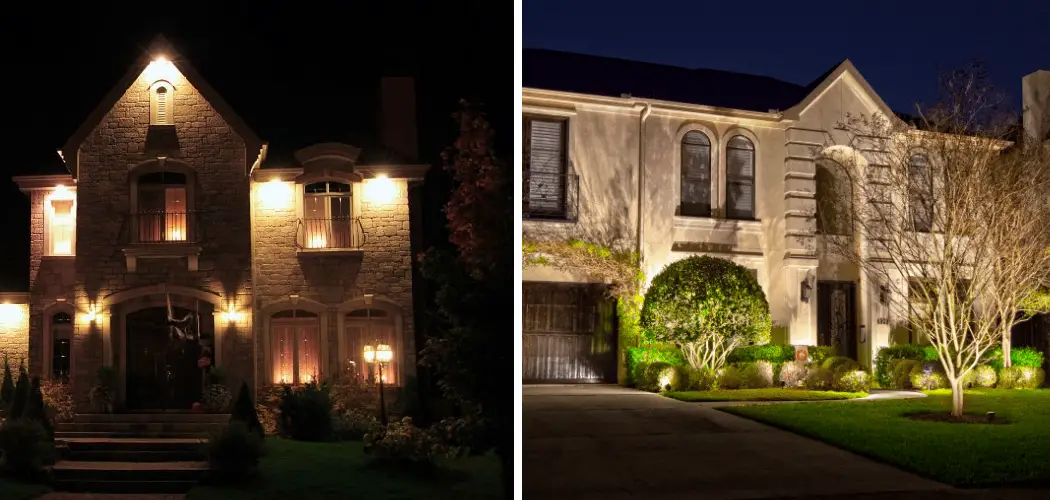Uplighting is a brilliant way to enhance the beauty and curb appeal of your home, creating a stunning visual impact that not only highlights architectural features but also provides added security. Whether you want to showcase a majestic façade, accentuate your landscaping, or simply make your home stand out in the evening hours, uplighting can transform your property. But how do you go about uplighting a house effectively?
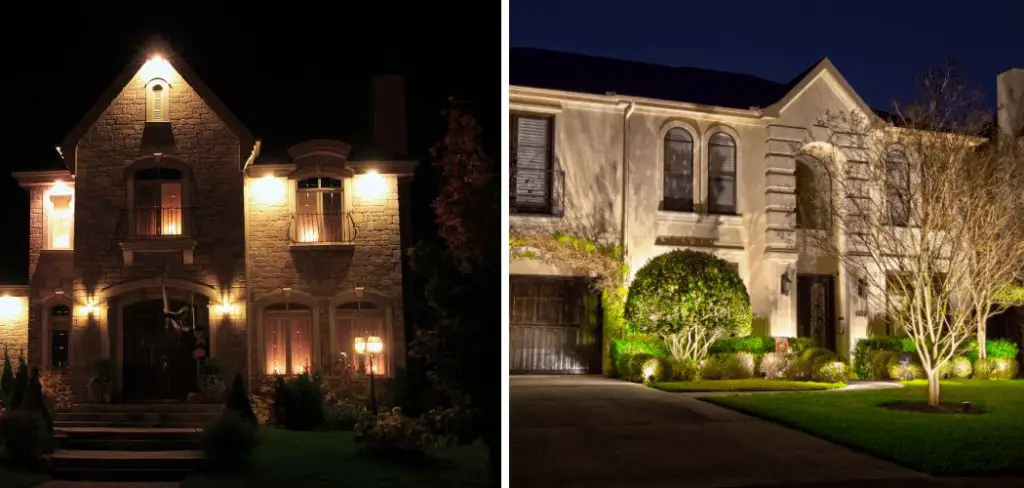
In this comprehensive guide, we will delve into how to uplight a house. From selecting the right fixtures and understanding the ideal placement to planning your lighting design and ensuring energy efficiency, we’ve got you covered. By the end of this guide, you’ll be ready to create a welcoming and visually stunning environment that sets your home aglow with style and security.
Benefits of Uplighting a House for Architectural Enhancement
Uplighting is a popular technique used in exterior lighting design to enhance the overall look of a house. This method involves placing lights at ground level and directing them upwards towards the house, creating a dramatic effect by highlighting its unique architectural features. Although uplighting may seem like a simple concept, it has numerous benefits when implemented correctly.
Improves Curb Appeal
One of the main benefits of uplighting a house is that it significantly improves curb appeal. By accentuating the architectural details of your home, you can create an eye-catching display that will make your property stand out from others on the street. The strategic placement of lights can also help to draw attention away from less attractive areas or features, making your home more visually appealing overall.
Increases Safety and Security
Uplighting can also serve as a security measure for your property. By illuminating the exterior of your home, you are making it less attractive to potential intruders.
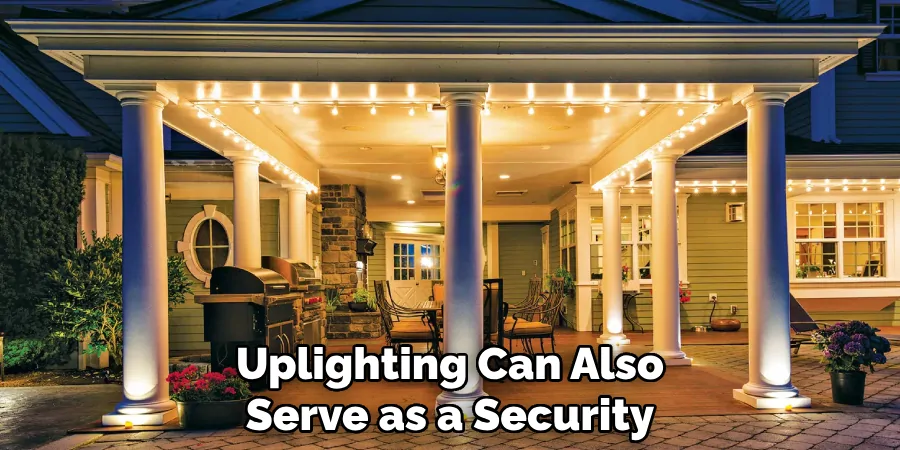
Dark areas around your house can make it easier for burglars to hide and go unnoticed, so uplighting serves as a deterrent by eliminating these shadowy spaces. Additionally, well-lit homes are less likely to be targeted compared to dark ones, making uplighting an effective method for keeping your property safe.
Adds Depth and Dimension
Another benefit of uplighting is that it adds depth and dimension to your home’s exterior. By playing with light and shadows, you can create a sense of texture and layers on the surface of your house. This technique is particularly effective on homes with unique architectural features such as stone walls, columns, or intricate details. Uplighting can bring these elements to life and add visual interest to an otherwise flat surface.
Creates a Welcoming Atmosphere
Uplighting can also contribute to creating a welcoming atmosphere around your home. By softly illuminating the exterior, you can create a warm and inviting ambiance that will make visitors feel comfortable and intrigued. This effect is especially useful for entrances, walkways, and outdoor living areas such as patios or decks.
10 Methods How to Uplight a House
1. Natural Light
The most obvious way to uplight a house is by taking advantage of natural light. This can be done by installing large windows in strategic locations around the home, or by installing skylights in rooms that don’t get much sunlight. Natural light can help to make a room feel larger and brighter, and it can also help to save on energy costs as it does not require any additional electricity.
2. Mirrors
Mirrors are an excellent way to reflect light around a room, making it appear brighter and more open. Placing mirrors opposite windows or other sources of natural light can help to maximize the amount of light in a room. Additionally, hanging mirrors on walls that are adjacent to dark corners can help to brighten them up as well.
3. Lighting Fixtures
Installing lighting fixtures throughout your home is another great way to uplight a house. Track lighting, pendant lights, and chandeliers are all excellent options for adding additional light to specific areas of the home. Additionally, installing dimmers on your lighting fixtures will allow you to control the amount of light in each room depending on your needs at any given time.
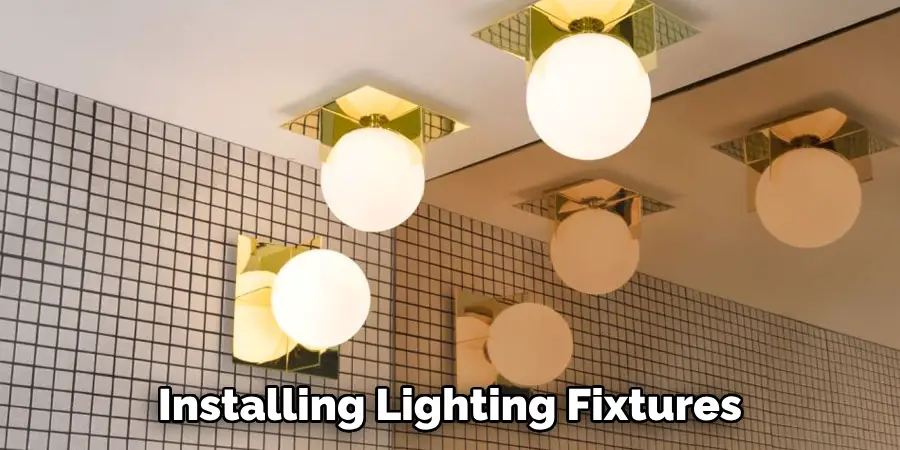
4. Light Colored Paint
Using lighter colors when painting walls and ceilings can also help to make a room appear brighter and more open. Light colors such as white, cream, or pastel shades will reflect more natural light than darker colors like navy blue or black, making the space feel larger and airier.
5. Recessed Lighting
Recessed lighting is another great option for uplighting a house as it provides focused illumination without taking up valuable floor or ceiling space like traditional lighting fixtures do. Recessed lights come in various sizes and styles, so you can choose one that best suits your needs while still providing ample illumination for the area they are installed in.
6. Wall Sconces
Wall sconces are decorative wall-mounted lights that provide ambient lighting without taking up any floor space like traditional lamps do. Wall sconces come in many different shapes and sizes so you can find one that fits the aesthetic of your home perfectly while still providing adequate illumination for certain areas of the house, such as hallways or staircases where overhead lighting may not be practical or desirable.
7. Under Cabinet Lighting
Under-cabinet lighting is another great way to add illumination without taking up any additional space in your home, as these lights are installed underneath cabinets or shelves rather than above them like traditional lamps would be mounted.
Under cabinet, lights come in various styles, such as LED strips, which provide bright yet energy-efficient task lighting perfect for kitchens or bathrooms where extra illumination may be needed for tasks such as food preparation or applying makeup.
8. Accent Lighting
Accent lighting is an effective way to add visual interest and depth to any room by highlighting specific features such as artwork, plants, bookshelves, etc. Accent lights come in various styles, such as track lights, spotlights, picture lights, etc . so you can choose one that best suits your needs while still providing ample illumination for whatever feature you wish to highlight.
9. Solar Lights
Solar lights are an eco-friendly option for uplighting a house since they use energy from the sun rather than electricity from the grid, which helps reduce energy consumption (and costs) significantly. Solar lights come in various styles, such as pathway lights, deck lights, spotlights, etc . so you can find one that fits perfectly with your outdoor decor while still providing plenty of illumination during nighttime hours.
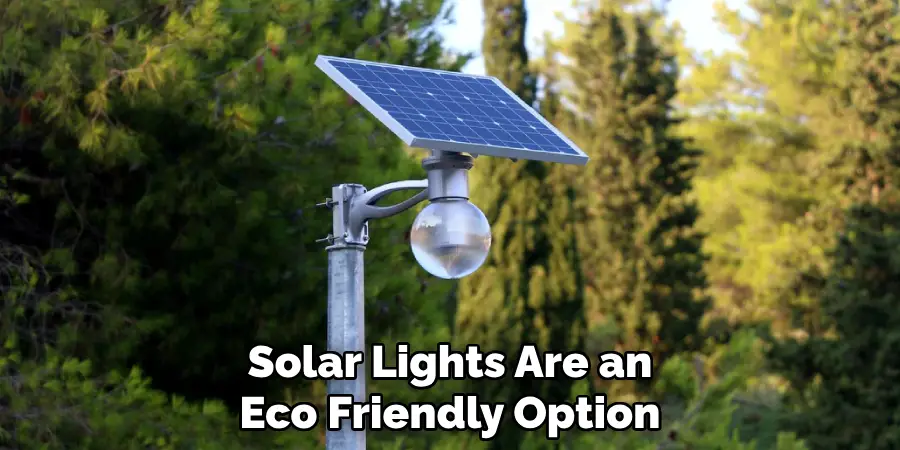
10. Fairy Lights
Fairy lights are small stringed LED bulbs that provide soft ambient illumination, perfect for creating a cozy atmosphere indoors or outdoors. Fairy lights come in many different colors, so you can choose one that best fits your decor while still providing plenty of subtle ambient illumination throughout any space you choose to hang them in. These lights are also great for special occasions such as parties or holiday decorations.
Things to Consider When Uplighting Your House
When it comes to illuminating your house, there are several key factors to keep in mind. Properly uplighting the exterior of your home can create a stunning visual effect and add an extra layer of security. However, if not done correctly, it can also result in a garish and unflattering display.
Before you begin uplighting your house, here are some important things to consider:
- Choose the right type of lights: There are various types of lights that can be used for uplighting purposes such as LED, halogen or incandescent. Each has its own advantages and disadvantages, so make sure to research which type will work best for your specific needs.
- Plan the placement: The placement of your lights is crucial in achieving the desired effect. You want to highlight certain architectural features or parts of your house without creating too much glare or shadows. It’s important to take a step back and consider the overall look before installing the lights.
- Consider energy efficiency: With the increasing focus on sustainability, it’s important to consider energy-efficient options when choosing uplighting for your house. LED lights are a great option as they consume less energy and have a longer lifespan compared to other types of lighting.
- Keep light pollution in mind: Uplighting can have negative effects on the environment, such as interrupting wildlife patterns and contributing to light pollution.
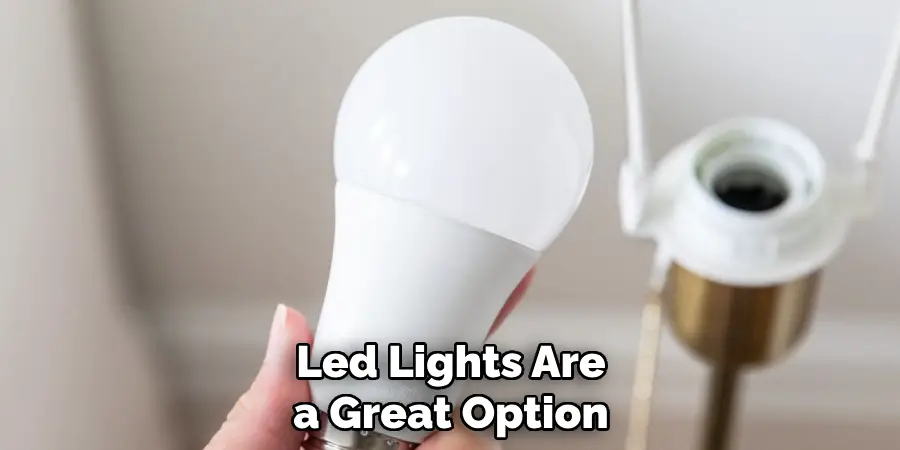
Conclusion
Uplighting a house can be a fun and rewarding endeavor! As you have learned from this blog post, there are so many creative options when it comes to adding a new dimension of beauty to your home with uplights. From the materials you use to the unique and intricate designs you create, uplighting is a process that allows you to express your creativity in a truly meaningful way.
With just a few simple steps, your home will become brighter and more inviting than ever before! So get out there and start exploring all the possibilities of how to uplight your house today! Trust us; you won’t regret it! Thank you for taking the time to read our blog post on how to uplight a house. We hope it has been helpful in giving you insight into what’s possible with this great home technique.

